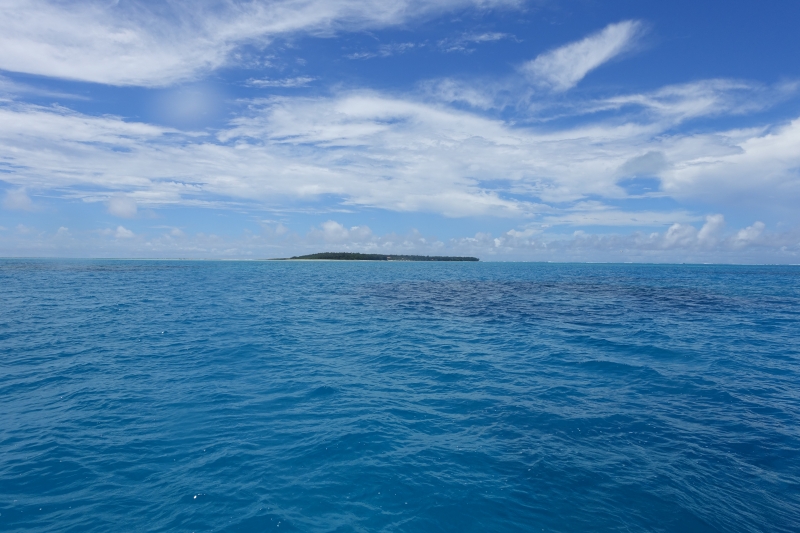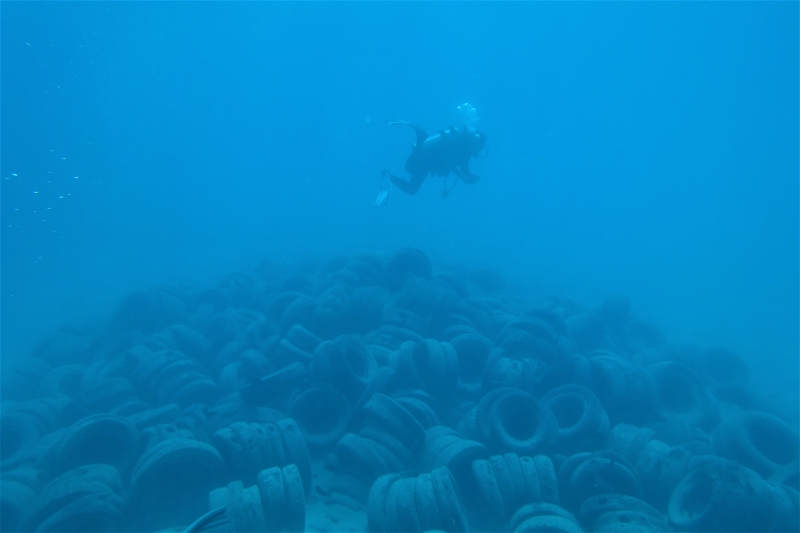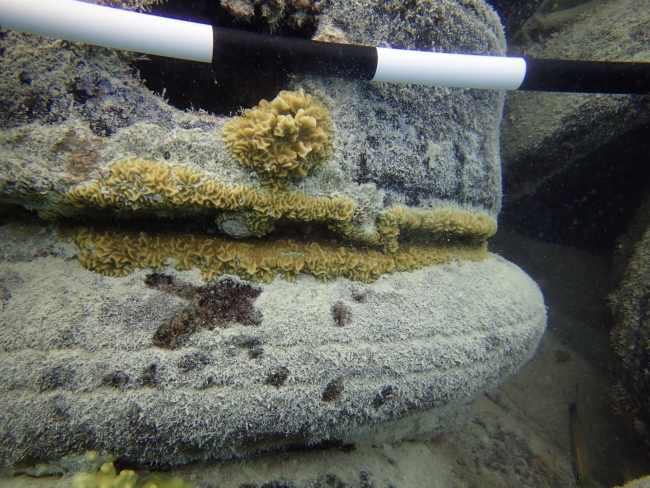Guest blog by: Renee Schnabel Crisostomo, Biologist at the Guam Environmental Protection Agency
If you take a stroll down to Guam’s southernmost village of Merizo, you will be met with the breathtaking beauty that is Cocos Lagoon. Cocos Lagoon is the island’s only shallow water atoll-like lagoon covering an area of more than 10km² (3.9 sq. mi). The lagoon houses significant marine resources and is an important recreational and subsistence fishing area, as well as a popular area for numerous tourism operations. Cocos Lagoon also provides important habitats for a few Endangered Species Act (ESA)-listed species, such as the green and hawksbill sea turtles, and is a NOAA Habitat Focus Area Site and Coral Reef Conservation Program priority.

In 1969, a team of Guam fisheries scientists decided to install an artificial tire reef within Cocos Lagoon as a way to reuse old rubber tires. The experiment was intended to increase fish stocks at two different areas within the lagoon. However, after four years of close monitoring, the scientists decided to discontinue the project since it did not demonstrably improve fish stocks as intended. Over fifty years later, the tire reef still sits on the bottom of the lagoon.
In 2019, the Guam Environmental Protection Agency (EPA) in partnership with the Guam Department of Agriculture, Division of Aquatic and Wildlife Resources (DAWR) were awarded a NOAA Marine Debris Program Removal grant to remove and dispose of approximately 2,500 tires within Cocos Lagoon. Currently, Guam EPA is in the process of awarding a contractor to perform the removal and disposal of the tire reef. Minor coral growth has been observed on the tire reef which Guam EPA, along with other local resource agency partners, will also work to thoroughly assess, remove, and transplant corals to an ideal recruitment site within Cocos Lagoon.
Guam EPA believes that removing the tire reef from the lagoon will prevent any possible damage to the surrounding coral reef habitats and sensitive shoreline areas, prevent any loose tires from becoming human safety hazards as a result of a storm or high wave energy event, and eliminate any risk factors that the tire reef poses as a source of heavy metal contaminants in the lagoon.
Removal of the artificial tire reef is an important step to ensure that no additional harm is done to the surrounding ecosystem that may negatively impact the biological, economic, and cultural importance of Cocos Lagoon. This project is a huge opportunity for the island to build upon its capabilities to more effectively address marine debris issues. Guam EPA will also use this removal and disposal effort as a way to educate the public on the effects and prevention of marine debris. Efforts, such as this, that work towards prioritizing and addressing key threats to the island’s natural resources will help further build long term resilience in both marine and local communities in Guam.




Obviously, marine life have senses beyond human recognition.
Discarding chemical laden tires into pristine waters was a short sighted solution.